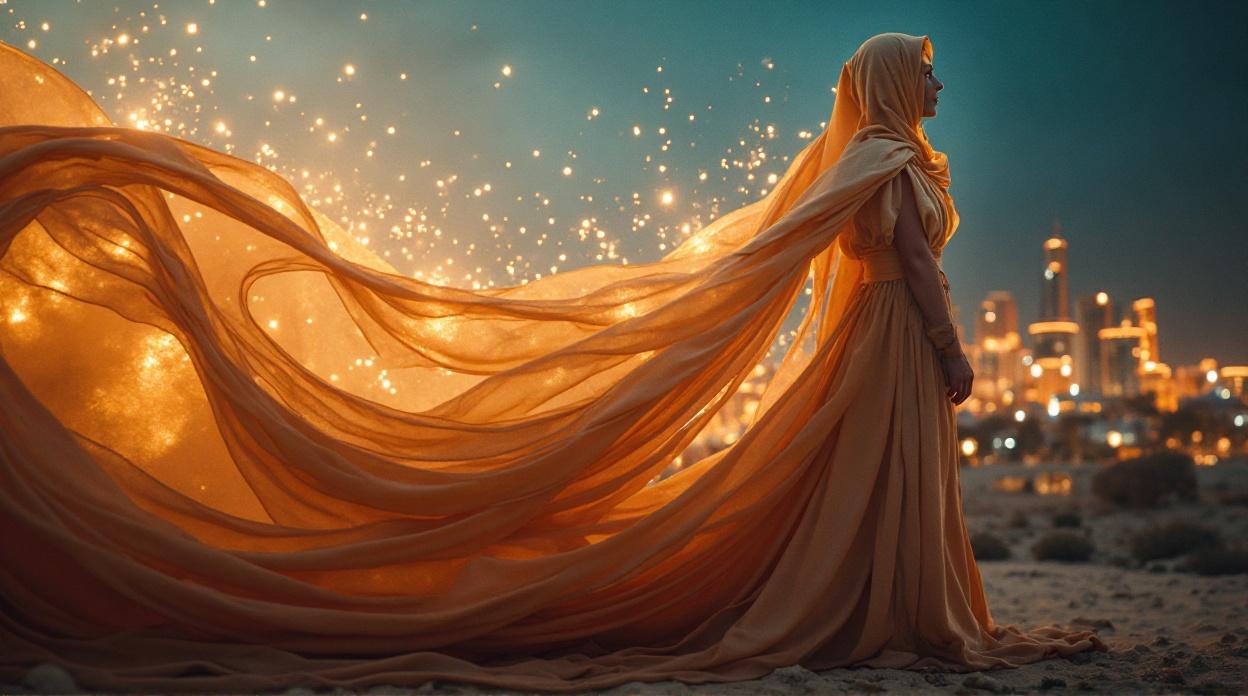I. Introduction: More Than Just "Love"
Hook: Ever felt a passion so fierce it felt like your soul was melting into another? A yearning so consuming it bordered on madness, erasing the line between earthly desire and the divine?
That’s Ishq (العِشق) — not just "love," but an all-devouring force that has haunted Arab hearts for centuries. It is poetry and philosophy, ecstasy and torment, divine worship and dangerous temptation.
In this journey, we’ll wander from the deserts of pre-Islamic Arabia to the mystic gatherings of Sufi dervishes, from the passionate verses of Andalusian women poets to the quiet gestures of love in modern Arab streets. Ishq is not just a word — it is an eternal saga of human longing.
II. What Exactly is Ishq? (The Roots of Passion)
The Ivy Metaphor: The Arabic root of "ʿishq" means to cling like ivy, wrapping and binding until nothing is left untouched. Ishq isn’t casual; it is invasive, transformative, and consuming.
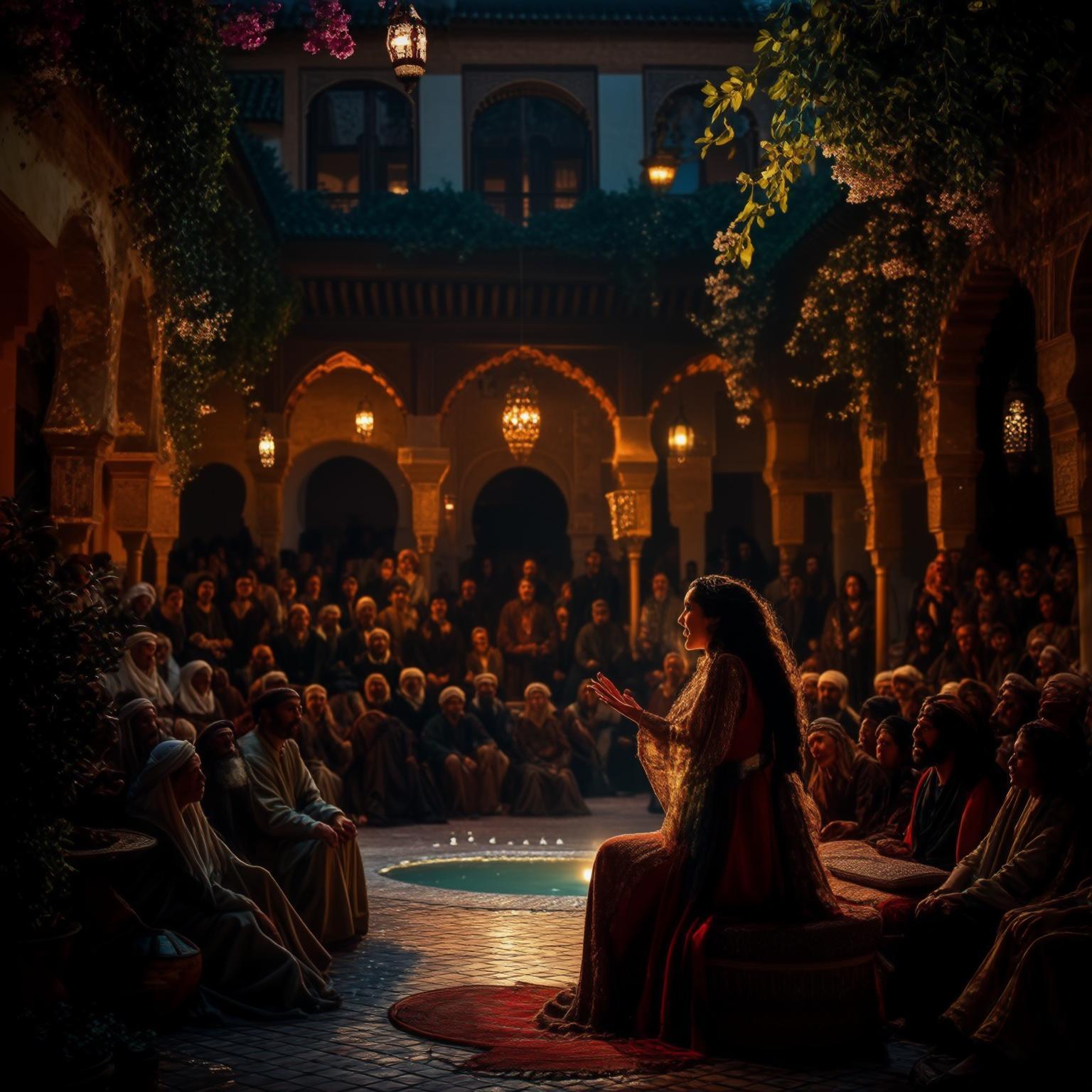
- Beyond Hubb: While hubb refers to general love — for friends, family, homeland — Ishq is hubb set on fire. It is love in its most intense, irresistible form, often celebrated as both blessing and curse.
- The Quran’s Silence: Notably, the Quran never uses the word Ishq, preferring hubb and its derivatives. This silence sparked centuries of debate: Was Ishq too extreme to be sanctified? Or was it left unspoken precisely because it transcends human control?
III. A Thousand Years of Yearning: Ishq Through History
1. Desert Romantics – Pre-Islamic Arabia
Poets of the desert sang raw laments of longing. Their ghazal verses painted scenes of abandoned camps, forbidden glances, and lovers separated by tribal feuds. These were the first chronicles of Ishq, immortalizing pain and passion in the oral tradition.
2. Umayyad Echoes (661–750 CE)
A golden age for love poetry, producing two main schools:
- Chaste & Tragic (ʿUdhrī Ishq): Pure, unattainable, lifelong longing. Majnun Layla — the mad lover who wanders the desert for Layla — became the archetype of eternal, destructive devotion.
- Playful & Sensual (ʿUmarī Ishq): Urban, witty, often flirtatious. Poets like ʿUmar ibn Abī Rabīʿa charmed women on the pilgrimage routes with verses full of seduction and satire.
3. Abbasid Intellectuals (750–1258 CE)
Love became philosophy. Thinkers like al-Fārābī and Avicenna (Ibn Sīnā) described Ishq as the cosmic glue of existence — the reason creation itself came into being. Love wasn’t merely human: it was a universal principle.
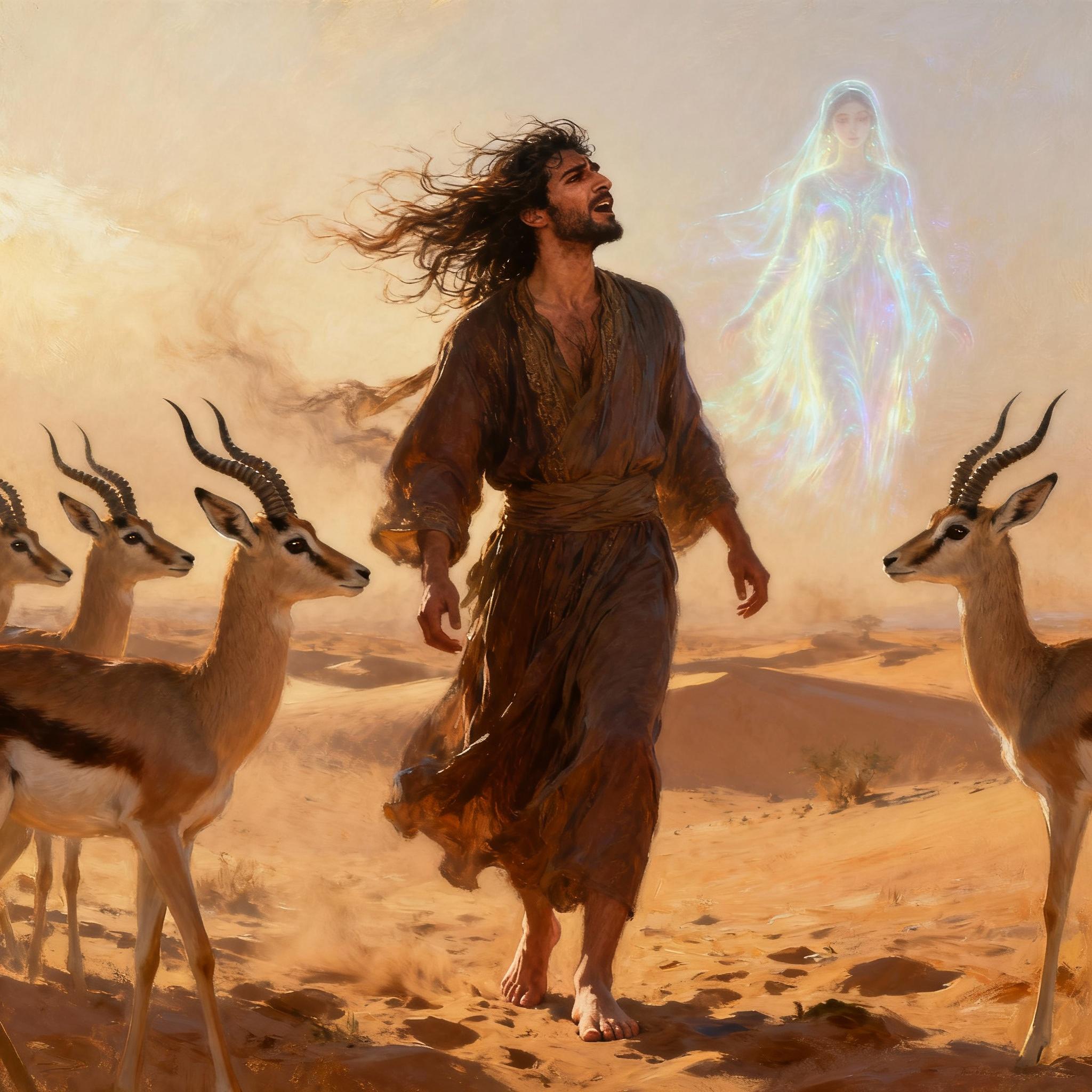
4. The Sufi Transformation
Mystics elevated Ishq into a sacred force:
- ʿIshq Majāzī (earthly love) was seen as a training ground.
- ʿIshq Ḥaqīqī (divine love) was the goal: a burning union with God.
Poets like Rumi and Ibn ʿArabi blurred the line between beloved woman and Beloved Divine, leaving generations to puzzle over their ecstatic verses.
5. Andalusian Fervor
In Muslim Spain, Ishq flourished with unique brilliance:
- Ibn Hazm’s "Ṭawq al-Ḥamāmah" (The Ring of the Dove): A detailed study of love’s psychology and ethics, arguing boldly that true love is not forbidden by faith.
- Women Poets: Figures like Wallada bint al-Mustakfī openly expressed passion, challenging gender norms.
- Diverse Loves: Even homoerotic poetry had a place, reflecting a sophisticated, multi-layered culture of desire.
IV. The Stormy Heart: Controversies Around Ishq
- Sacred or Sinful? Orthodox scholars often warned that Ishq was dangerous excess — a path to lust or madness. Sufis countered: Ishq is the very fire that purifies the soul.
- Madness & Idealization: Some medical writers described Ishq as a disease (ʿishq marad), producing obsessive, irrational behavior. Yet the same “madness” inspired timeless poetry.
- Poetic Ambiguity: Was a verse about a lover’s lips, or about the sweetness of divine nearness? The deliberate ambiguity of Ishq poetry remains one of its greatest fascinations.
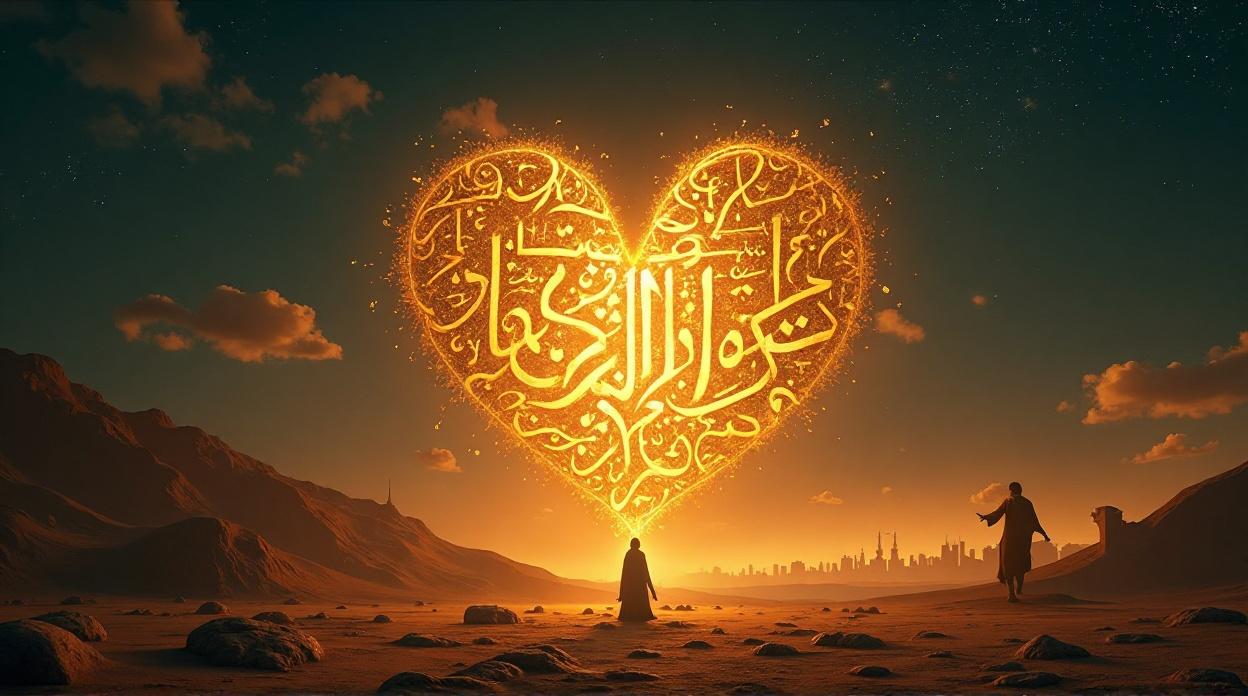
V. Ishq Today: Modern Love in Arab Societies
- Tradition Meets TikTok: From Cairo to Riyadh, youth juggle conservative traditions and global digital culture, creating new expressions of love.
- Family First: Marriage remains central, and parental blessing carries weight. Even in “love marriages,” family approval is essential.
- The Art of Subtlety: PDA is rare, but tender words — Habibi (my beloved), Hayati (my life) — carry immense depth.
- Love Languages: Acts of service, generosity, and gift-giving remain dominant expressions of affection.
- Cultural Icons: Modern poets like Nizar Qabbani keep Ishq alive, blending classical passion with contemporary struggles. Arab cinema and novels continue to wrestle with Ishq against the backdrop of modern identity.
VI. The Future of Passion: Where Ishq Goes Next
- New Narratives: Migration, gender debates, and digital intimacy will reshape how Ishq is expressed in literature and film.
- Scholarly Revivals: Modern academics are re-reading Arab-Islamic traditions of Ishq as a counterpoint to Western concepts of love.
Eternal Flame: Whatever the future holds, Ishq’s heartbeat will continue to echo — as madness, as worship, as poetry, as life itself.
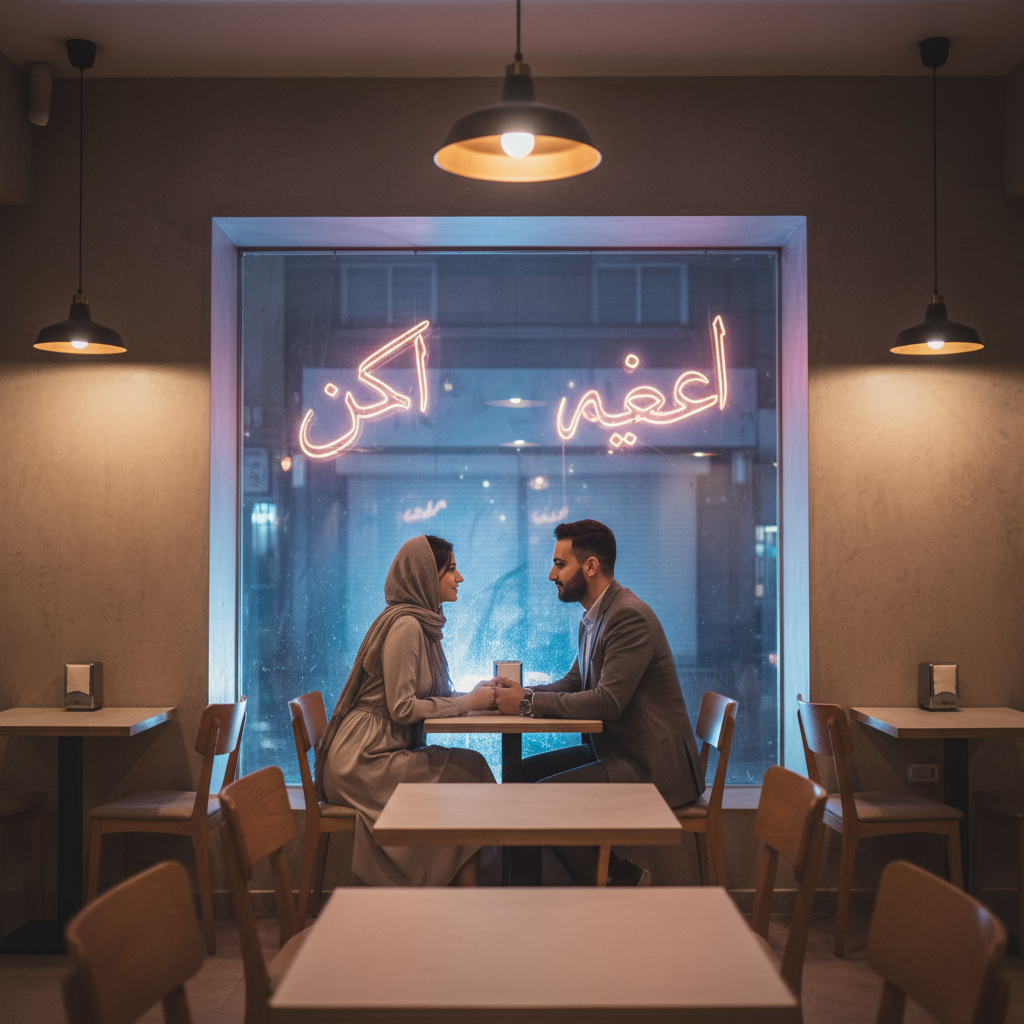
الملحمة العظمى للعِشق: رحلة عبر الحب العربي
من الشعر الجاهلي إلى الرومانسية الحديثة
I. المقدمة: أكثر من مجرد "حب"
هل شعرت يومًا بشغفٍ يذيب روحك حتى تكاد تتلاشى في الآخر؟ أو بعشقٍ يقترب من الجنون، يطمس الحدود بين الرغبة الأرضية والوصال الإلهي؟
ذلك هو العِشق — ليس مجرد حب، بل قوة جارفة، تُلهب القلوب وتؤرق العقول منذ قرون. هو شعر وفلسفة، عبادة وفتنة، نعمة ونقمة في آن واحد.
في هذه الرحلة سنعبر الصحراء الجاهلية، وندخل حلقات الصوفيين، ونستمع إلى أصوات شاعرات الأندلس، ونلمح همسات الحب في حياة العرب اليوم. العِشق
ليس كلمة فحسب، بل ملحمة قلبٍ خالدة.
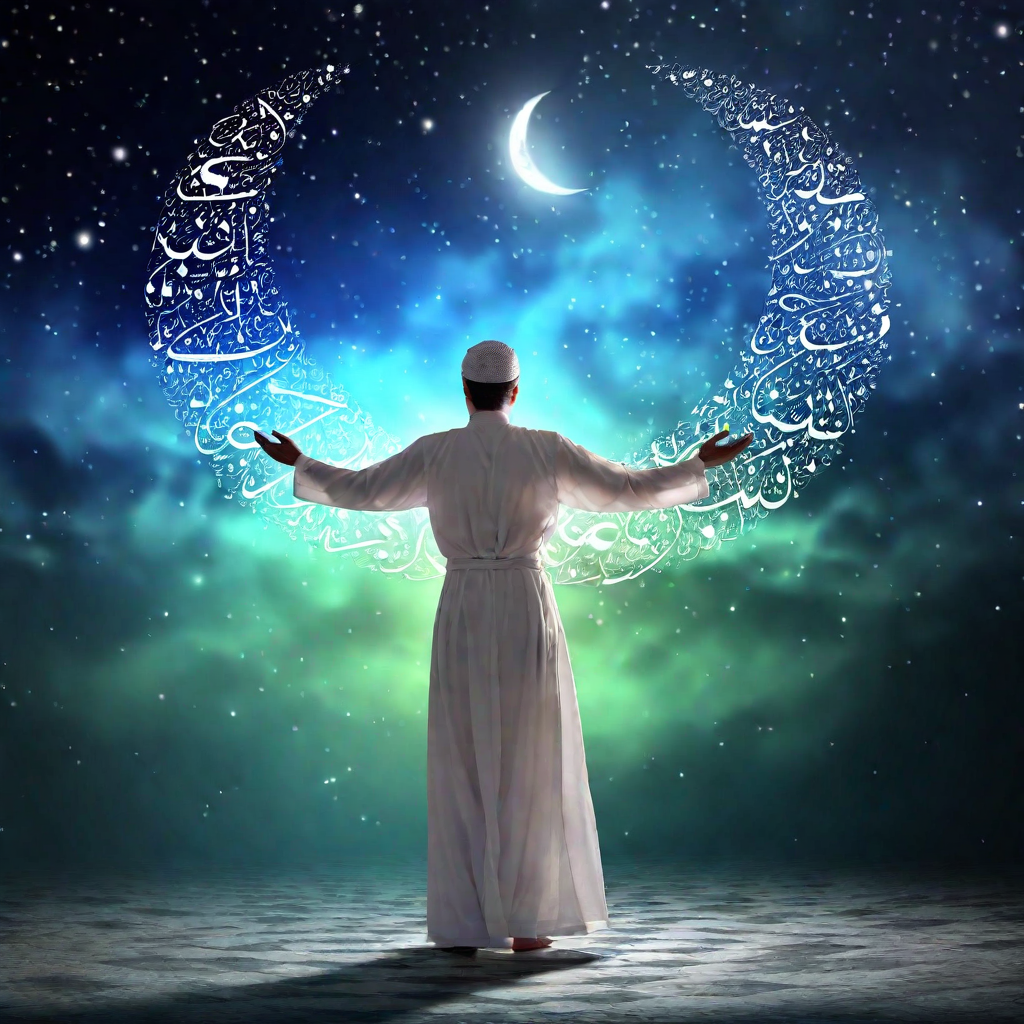
II. ما هو العِشق بالضبط؟
أصل الكلمة: "العِشق" من التعلّق كاللبلاب بالجدار، يلتف ويخنق حتى يستولي على كل شيء.
فرْق عن الحب: "الحب" شعور عام للأهل والأصدقاء والوطن. أما "العِشق" فهو حب مشتعل، عاطفة لا تُقاوَم.
غيابه عن القرآن: لم يرد لفظ العشق في القرآن، بل اقتصر على "الحب". صمت أثار جدلًا: هل العشق إفراط يُخشى، أم سرٌ لا يُقال؟
III. ألف عام من الشغف: العشق في التاريخ
العصر الجاهلي: قصائد الغزل وصور الأطلال والفراق، أولى ترانيم الشوق العربي.
العصر الأموي:
العذري: حب طاهر، أبدي، كقصة قيس وليلى.
العُمري: غزل حضري جريء، ساخر أحيانًا.
العصر العباسي: الفلاسفة كالفارابي وابن سينا رأوا العشق أصل الكون وقوة الوجود.
التصوف: العشق المجازي جسْر إلى العشق الإلهي. شعر ابن عربي والرومي ذاب بين الأرضي والسماوي.
الأندلس:
طوق الحمامة لابن حزم: موسوعة في الحب.
الشاعرات مثل ولادة بنت المستكفي كتبن بشجاعة عن رغباتهن.
حتى الشعر المِثلي وجد مساحة في نخبة المجتمع.
IV. القلب العاصف: جدل العِشق
الصوفيون جعلوه عبادة، فيما خشي الفقهاء أن يكون فتنة.
اعتبره بعض الأطباء مرضًا وهوسًا، لكنه ألهم أروع الأشعار.
الغموض الشعري: هل يُخاطَب الحبيب الأرضي أم الحبيب الإلهي؟
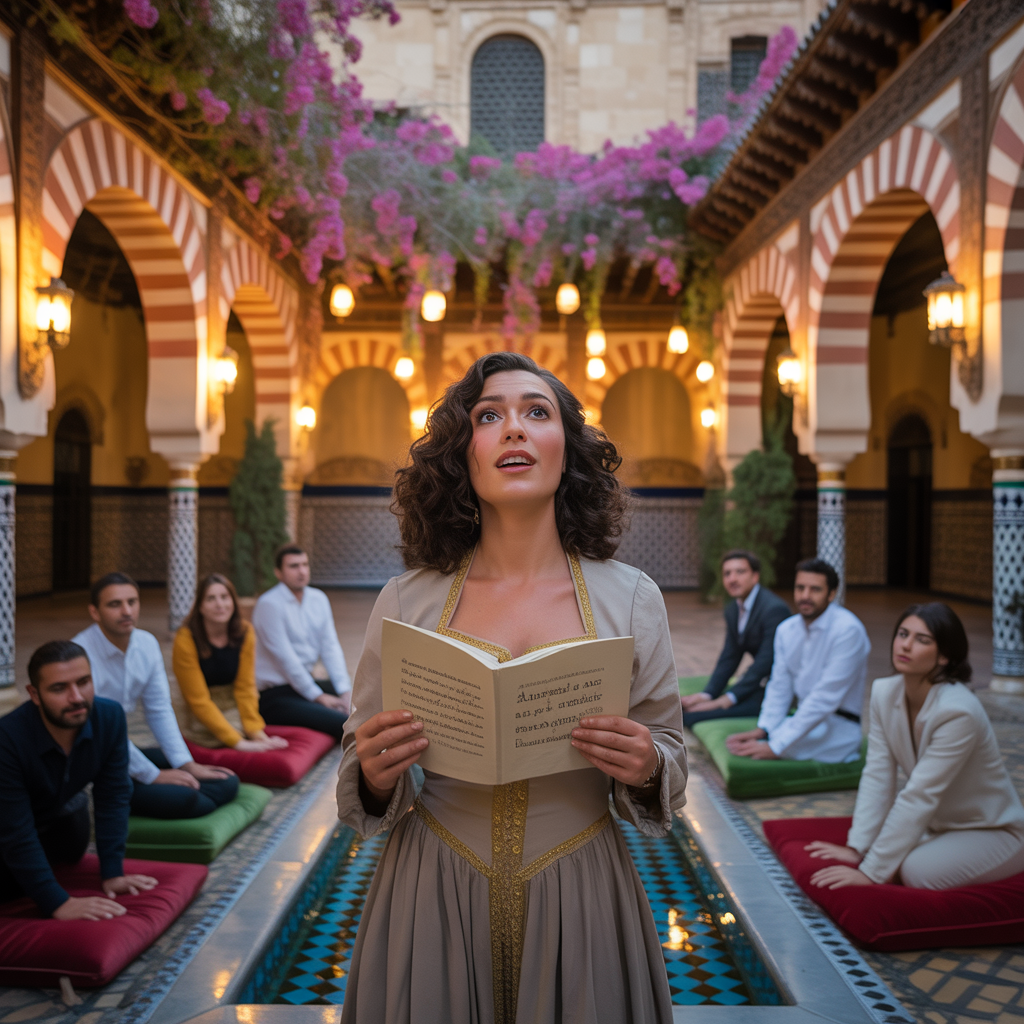
V. العِشق اليوم: بين التقاليد والحداثة
الشباب يعيشون بين "تيك توك" والتقاليد.
العائلة تبقى الركيزة، وموافقة الأهل أساس الزواج.
الحميمية العلنية محدودة، لكن كلمات مثل حبيبي وحياتي تنقل أعظم المشاعر.
لغة العطاء والكرم جزء من التعبير عن المودة.
نزار قباني وأدب العرب المعاصر يستمر في إعادة صياغة العشق.
VI. مستقبل العِشق
الهجرة، قضايا الجندر، والعلاقات الرقمية ستعيد تشكيل صور العشق.
الدراسات الحديثة تعيد قراءة التراث العربي بعيدًا عن المركزية الغربية.
ومع ذلك، سيبقى العِشق نبضًا خالدًا، يلهم الشعراء والعشاق، ويجمع بين الروح والقلب.
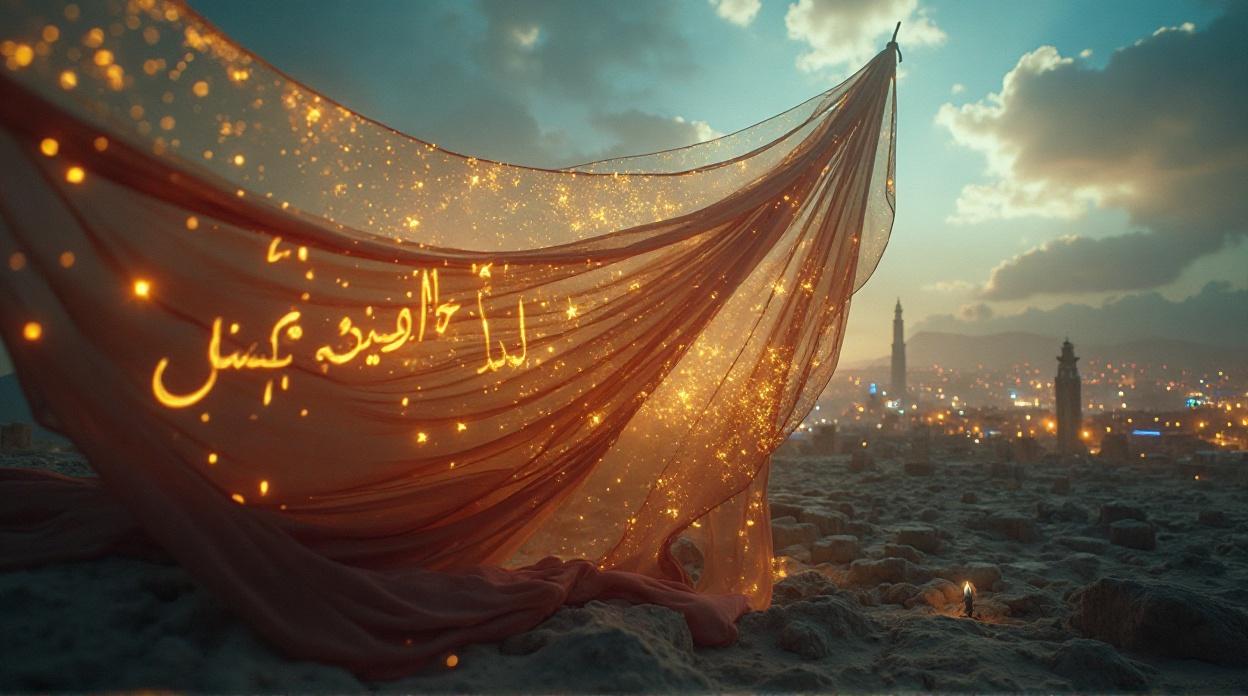
Leave a comment
Your email address will not be published. Required fields are marked *


